‘What is Riesling wine’, I hear you google… well, as part of our ongoing series of beginner wine guides we’re covering the sometimes misunderstood, yet wonderfully diverse Riesling. Riesling is one of my favourite wines because it is so expressive, it therefore opened up the world of wine to me, enabling me to pick out some of its key characteristics pretty early, and so giving me a certain level of confidence (misplaced or otherwise) that I was starting to ‘get’ wine. I wanna share this with you guys, so this is a deep dive into what Riesling tastes like, its origins, where to buy Riesling wines, and what foods to pair with it. So, without further ado, here’s my guide to Riesling…(but first a little more silliness…)
Riesling on Tinder
I'm all about second chances and I hope you are too. I've had problems in the past with sugar addiction which hurt a lot of people and really knocked my reputation and self-esteem. The thing is, I'm naturally sweet and very giving, and some ex-partners have taken advantage of that, but I'm not one dimensional, and I long for the right person to see me for who I really am! In the right hands, I am, in fact, perfectly balanced between my gushy side and my acerbic qualities. My family history is long-lived and so too will I be, so I'm looking for the right person to grow old with...
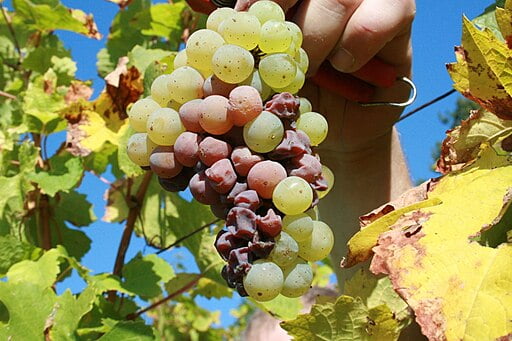
What is Riesling wine? An introduction...
Riesling is a white wine grape, originating in Germany and mostly grown in cooler climates on slopes. Riesling wine has a highly diverse spectrum of aromas and tastes, from green apples, citrus, peaches and apricots, honey and even petrol. Sorry, that’s ‘gas’ for my American readers. What makes is such a favourite among winos, is the fact that Riesling really reflects the region where it was grown, such that wine enthusiasts and collectors love nothing more than nailing the origin of a Riesling during a blind tasting! I am by no means a wine expert, merely a fan with a decent nose, and Riesling even does this for me, so I like it because it makes me feel clever.
Some people, though, don’t have good memories of Riesling, and/or German white wines in general (as they’re often generically grouped together). One of my American guests once described Riesling to me as a ‘gateway wine’, in that the overly sweet low quality Riesling she drank when she was young was merely a gateway drink for younger palettes that aren’t quite ready for ‘real’ wine. Much like any grape though, Riesling is only as good as the winemakers allow it to be, and there will always be a market for low quality, overly sweet bulk crap. I actually think that describing Riesling as a ‘gateway wine’ is quite appropriate, but because it’s one of the easier wines to pick out smells and flavors from, thus making it a great entry point for those beginning their journey into wine.
Indeed, there is so much to this grape that demands a second look, not least it’s diversity of flavors and styles. So whether you prefer a dry, crisp Riesling or a lusciously sweet one, delving deeper into what is Riesling wine is an ideal way to begin learning about and appreciating wines in general.
Where does Riesling come from, where is it grown, and which countries produce the best Riesling?
Riesling’s exact origins are debated, but it is generally believed to have originated in the Rhine region of Germany, where it has been cultivated for centuries. The grape variety was first mentioned in a 1435 document from the Rheingau region. Germany remains one of the most significant Riesling-producing countries in the world and it is still the largest producer of Riesling by volume. Being a cool climate wine, other notable regions for Riesling production include Alsace (France), Austria, the United States (particularly in Washington State and the Finger Lakes region of New York), Australia (especially in South Australia’s Clare Valley and Eden Valley), and New Zealand.
What does Riesling smell like?
Riesling is typically a very aromatic variety. Expect to smell anything from green apple, pear, lemon & lime, stone fruits (peach and apricot), and floral elements (honeysuckle and jasmine). Being one of the more fragrant wines makes it a good starting point for many people starting out on their journey of discovery into wine. As mentioned above, Riesling is also known to reflect the area in which it grows, and this is perhaps no clearer than in the Wachau Valley in Austria. This 33km stretch of the Danube, is a little too cool for wines in its western half, and so apricot orchards dominate the riverside landscape. As soon as vines start to appear around half way through the valley, around the hamlet of Spitz, you’ll find Riesling with very strong and pronounced apricot and peach aromas. It’s actually very cool once you start to make those connections. The same can be said of the mineral notes which are often found in Rieslings from the Thermenregion, just south of Vienna, as this is where an ancient sea deposited high mussel shell and lime content into its soils. Learn a little about the area where your Riesling is from and you may also understand why a Riesling tastes or smells a certain way.
What does Riesling taste like?
Hmm, what does Riesling taste like?! Well, much of wine tasting is defined by the aromas that grape varieties produce, therefore it can be hard to differentiate between what you are smelling, and what you are actually tasting. Expect therefore to taste hints of stone fruits (peach, apricot), and/or green apples and citrus fruits (lemons and limes). On the other hand, describing what minerality in a wine feels like is rather more challenging, and you kind of need to use your imagination somewhat. For me, though, I tend to get a little pop or fizz on the tongue rather than any particular tastes with mineral Rieslings, so it tends to be more about the sensation rather than a flavour. Also, I’ve never eaten stones nor metal (to my knowledge) so it’s a little harder to empathize with that one.
At the end of the day, what Riesling tastes like is question only you can answer, for wine tasting is truly in the tongue of the beholder!
Does Riesling really smell like petrol or is that just wine b@llsh$t?
When someone tells you that their Riesling smells like petrol, kerosene, rubber or tyres, don’t immediately reach for the nearest weapon, rather, politely ask them for a glass so you can smell it for yourself. While quite rare, and mostly associated with long-aged Rieslings from warmer climates, Riesling can indeed smell like your local garage. The science behind it is dull, but basically a gasoline-like aroma is often associated with a specific chemical compound called “TDN” or trimethyl dihydronaphthalene. This volatile organic compound can develop in Rieslings as they age. Here’s why:
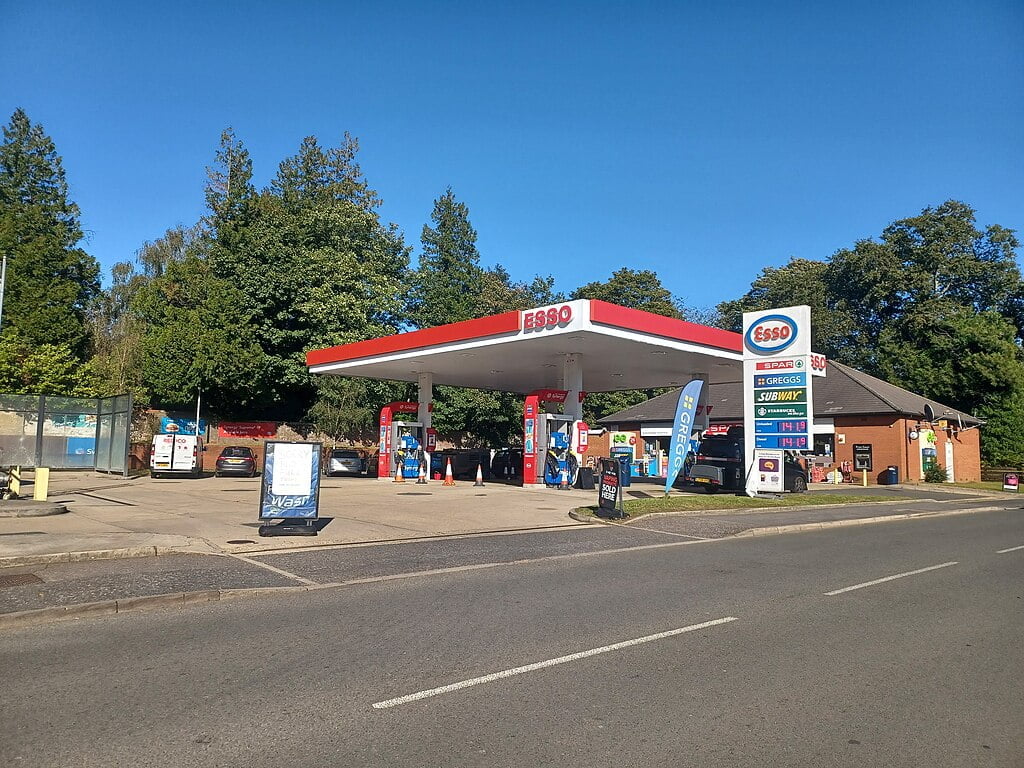
1. Grape variety: TDN is a natural byproduct of the degradation of carotenoid pigments present in grape skins. Riesling, with its thin skin and high acidity, is more prone to this phenomenon. 2. Aging process: The petrol-like aroma is often associated with well-aged Rieslings, especially those that have been bottle-aged for several years. 3. Temperature: Warmer temperatures, both during the grape-growing season and in the storage of the wine, can accelerate the formation of TDN. 4. Terroir: Soils with a high mineral content, such as slate, may also contribute to the petrol-like aroma. 5. Aging vessel: Wines aged in old oak barrels or stainless steel tanks are less likely to develop the petrol-like aroma compared to wines aged in new oak barrels. 6. Winemaking practices: Wines that are left to spend more time on their lees (dead yeast cells) have a higher likelihood of developing this aroma. You’ll be pleased to know that despite often smelling like petrol, it never tastes like it!
Other Riesling characteristics
High acidity: Perhaps the most well-known of all Riesling characteristics is its high acidity. Don’t panic here though, I’m aware that when wine people talk about acidity, non-wine people often feel an urge to immediately leave the vicinity, but its actually really easy to understand what they’re talking about: after tasting a wine consider how much it makes your mouth water. Literally, that’s it. If it makes your mouth water more than other wines you’ve tried, then you can describe it as having higher acidity. Do this with enough wines and you’ll develop a good sense of acidity levels in wine across the board.
Why is acidity important for Riesling? Without acidity in Reisling, it would often be too sweet and unrefreshing, as it is a grape that typically has higher residual sugar levels compared with others. Acidity balances sweetness, and sweetness balances acidity. Imagine it the other way around – too much acidity and too little sugar would create a very sharp, sour wine which wouldn’t make great drinking. High levels of acidity in a wine provides excellent aging potential and a refreshing crispness, and this is also why Riesling is a common grape variety used in dessert wines.
Riesling reflects its ‘terroir’: Wine w@nker word alert! Another key characteristic of Riesling is that it is regarded as a “terroir-expressive” grape, meaning it can convey the unique characteristics of the vineyard and the region where it is grown. Different soils, climates, and wine making techniques influence the style of Riesling coming from a given area. As a very general example, German Rieslings are known for their mineral-driven character, while Alsace (French) Rieslings tend to be fuller-bodied and fruitier.
What to eat with Riesling?
Riesling is one of the best wines for pairing with food. Dry Rieslings pair well with seafood, poultry, and Asian cuisine. For some reason many believe that Riesling dessert wines go well with er…desserts. However, every time I drink a Riesling Auslese or anything sweeter, I just want a big ‘ole cheeseboard with some veiny blue cheese on it, i.e a British Stilton or something similar. Indeed, its ever present acidity makes it an ideal wine for cutting through rich, creamy dishes & cheeses. What to eat with Riesling is, of course, up to you, but my advice would be to first pair it with some spicy Singapore Noodles and just see how that goes.
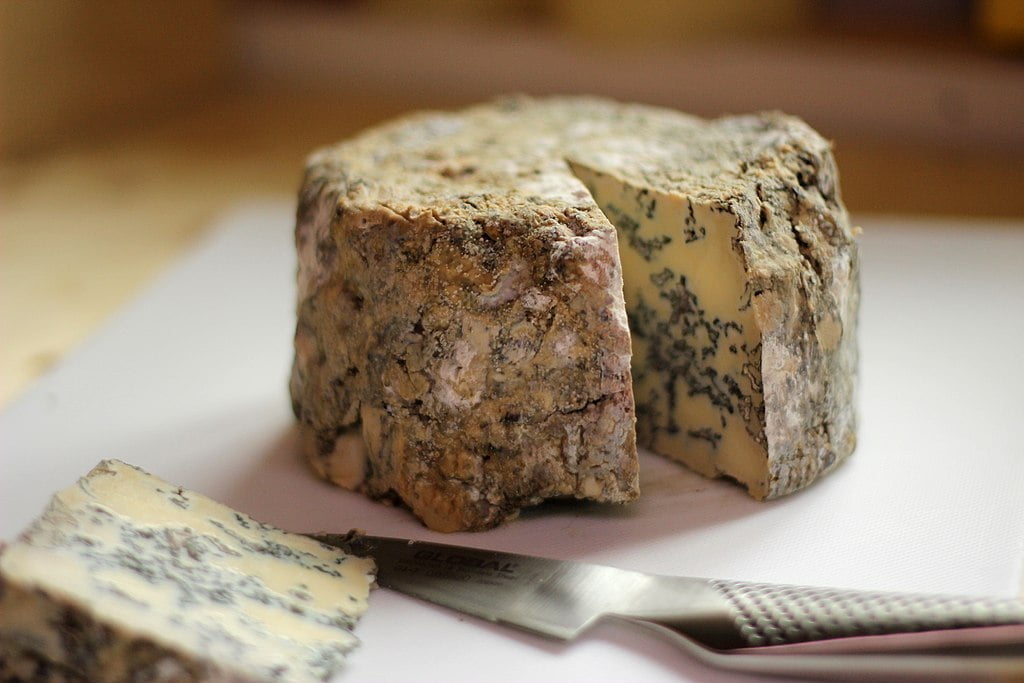
When to drink Riesling?
High-quality Rieslings can age gracefully for decades. The combination of acidity and residual sugar often found in these wines preserves their freshness and complexity over time, evolving into more complex and honeyed flavors. But it’s worth asking the wine maker or wine seller where you buy Riesling from whether or not a bottle is better drunk young or should it be given a few years to develop. Ageing a wine that was made by the wine maker to enjoy in its first couple of years after harvest is pointless, as you’ll go past its peak of refreshing fruitiness. However, if the sugar and acidity levels are both high enough, then holding onto a wine to let it further develop in the bottle will in many cases improve it.
Where to buy Riesling wine in the US?
When buying Riesling in the US, check out the Organic Wine Exchange as they have a great selection of low intervention and organic Rieslings from some of the best Riesling producing regions, including Alsace, France, and the Weinviertal in Austria. They also offer several old world Riesling blends, as a great way to ease yourself in to this variety.
Where to buy Riesling wine in the UK?
For buying Riesling in the UK, we recommend checking out The Great Wine Co, who feature a massive number of high quality German Riesling, French Riesling, and many, many others from all over the world (164 different bottles in fact!).
Another option of where to buy Riesling in the UK is Laithwaites, who have a comprehensive selection of wines from Australia, New Zealand, France, Germany, and Austria.
Where to buy Riesling wine in Ireland?
If you want to buy Riesling in Ireland then 8wines have a brilliant selection of Rieslings, not just the big hitting regions mentioned in this article, and some very fine Grand Cru Rieslings from France, but also lesser known Rieslings from the Czech Republic and Slovakia. They also offer a Riesling Tasting Case for those of you who wanna dive straight in and not muck about!
Where to buy Riesling wine in Australia?
Look, Laithwaites Australia are naturally a great choice of where to buy Australian Rieslings, with over 20 different varieties on offer. What else are you gonna pair with that barbie’d shrimp anyway?! Seriously, that would be a great match, though. Grab their Riesling dozen.
So then, what is Riesling wine?
Well, by now, you should at least be able to bluff your way through when it comes to Riesling. If so, then it’s probably time for you to move on to another old world (European) white, this time from just over the border in Austria. Oh ja! Du musst find something übercool and on trend to go with that pulled pork and salted caramel thing you’re eating. Yes, of course, it’s time to learn all about the ultra hip Grüner Veltliner.


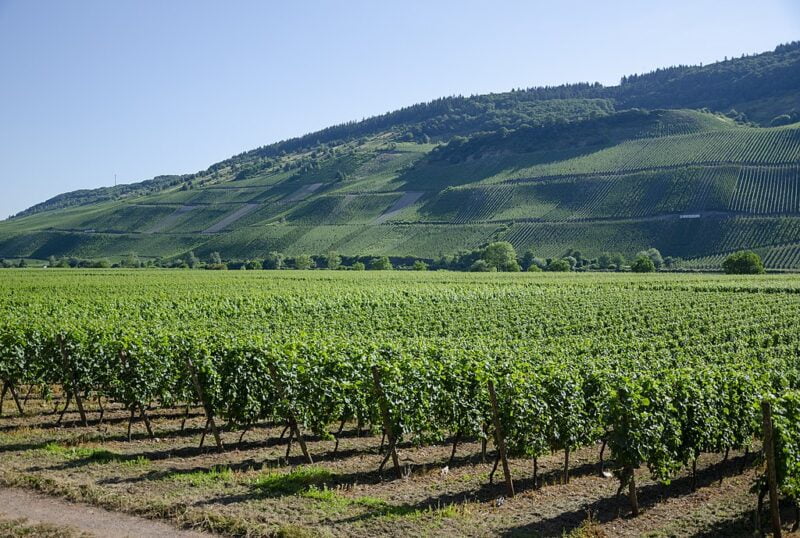
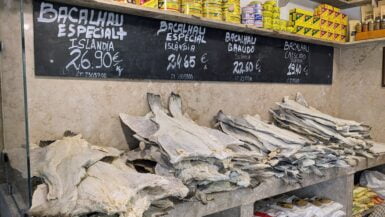
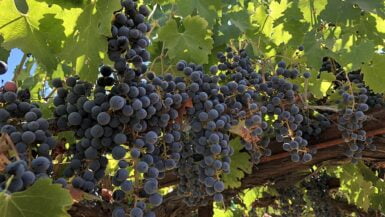
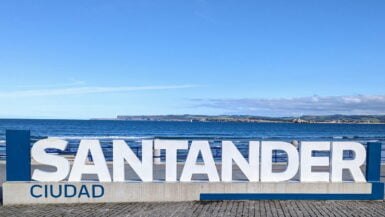
Leave a reply